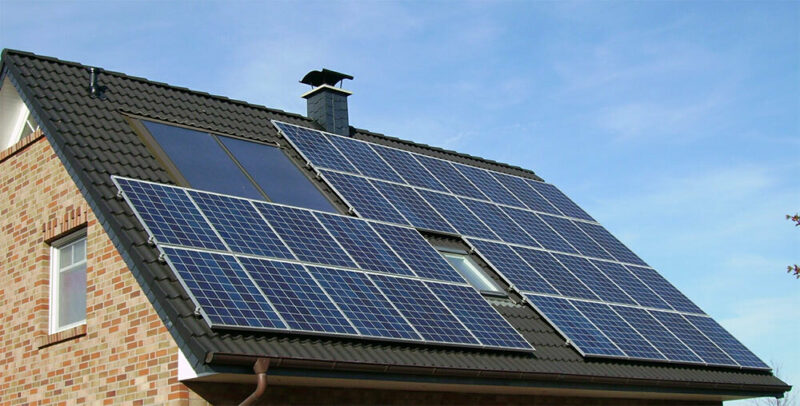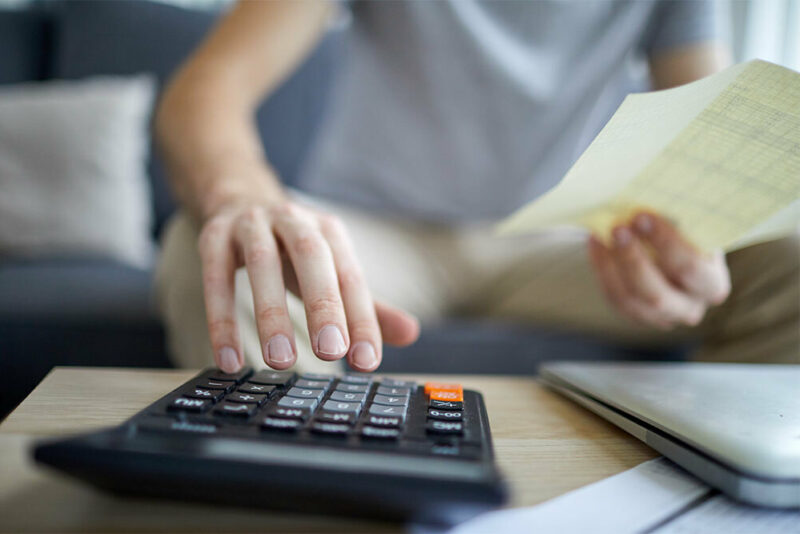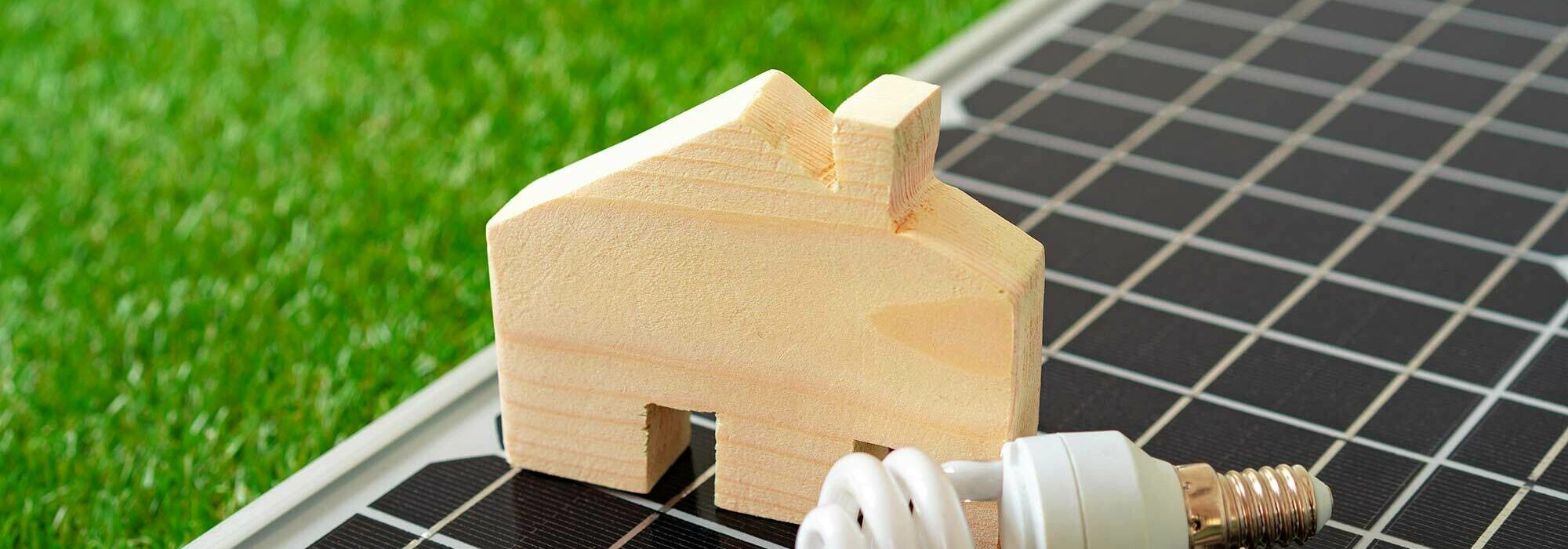Article Excerpt
Renewable energy allows Texas homeowners to reduce their reliance on the grid and save money on their power bills. Learn more about your options.
Homeowners in Texas have many reasons to consider renewable energy. Lowering their power bills is a major consideration. Certain types of renewable energy improvements can lead to tax breaks for homeowners. Using renewable energy in the home can also be good for the environment. It reduces a home’s carbon footprint and promotes sustainability.
Many Texas homeowners have developed a certain distrust of the Texas power grid over the past few years. Renewable energy might not get them “off the grid” altogether, but some technologies can allow homes to maintain power during blackouts.
Costs of Renewable Energy in Your Home
One of the most important factors to consider with regard to renewable energy is cost. You can reduce your power bill, but will also incur significant upfront costs. Installing solar panels, for example, costs the average Texas homeowner more than $12,000. It will likely take years to recoup that investment through reduced monthly power bills. You may be able to finance many of these improvements with a renovation loan.
However, other energy-efficient products won’t set you back five figures. New kitchen appliances, washing machines, lightbulbs, and windows will add up to savings, too. Some energy-efficient products also outlast their outdated counterparts, making replacement costs better in the long run as well.

Photo from Rawpixel
Tax Advantages of Renewable Energy
While investing in renewable energy in your home will cost you some money, it could also lead to substantial savings on your taxes. Federal law provides tax credits for certain types of renewable energy and energy-efficient home upgrades. A tax credit is a direct reduction in the amount of your tax bill. For example, if you owe the IRS $2,000 in federal income tax and you have a $1,000 tax credit, your total tax bill will be $1,000.
Specific tax credits available to homeowners include the following:
Clean Energy Systems: Equal to 30% of the cost of purchasing and installing renewable energy systems at your home, such as solar panels or wind turbines
Insulation: 30% of the cost of improved insulation
Appliances: 30% of the cost of energy-efficient appliances
Heat Pumps: 30% of the cost of purchasing and installing a heat pump, up to a maximum of $2,000

Other Considerations before Installing Renewable Energy Equipment
The bigger the renewable energy system, the more likely it is that you will run into problems trying to install it. You can use energy-efficient appliances in almost any kind of home. Not every home is well-suited for solar panels or wind turbines, though. You should keep the following factors in mind:
Effectiveness: Does your home receive enough sunlight to make solar panels viable? If you are considering adding a wind turbine, does your property get enough wind?
Structural Issues: Can your roof support the extra weight of solar panels?
Building Codes: What do you need to do to get the proper permits for a renewable energy system?
Grid Issues: Do local laws require you to connect to the grid, or can you install a system to generate power for yourself?
Homeowners Association Rules: Are you subject to any restrictive covenants that would affect your plans?
Neighborhood Goodwill: Would installing a renewable energy system create a nuisance for your neighbors? Wind turbines, for example, can be noisy and disruptive.

Types of Renewable Energy
You have more options than ever before when it comes to renewable energy and energy efficiency in the home.
Energy-Efficient Systems
You can cut back on your energy use with a variety of energy-efficient systems, fixtures, and appliances:
Insulation: New types of insulation can improve your home’s ability to keep cold or warm air inside.
Windows: Energy-efficient window systems can reduce heat from sunlight and loss of heated or cooled air.
Lighting: LEDs are generally more efficient than incandescent bulbs.
Appliances: Many major appliances are available, such as refrigerators, ovens, and washers and dryers, that are designed to use less energy.
Plumbing Fixtures: Reduced-flow toilets and shower heads can cut down on water consumption.
Solar Panels
Solar panels can enable a home to reduce its reliance on the power grid. As mentioned above, many electrical utility companies will buy power from homes that generate more than they consume.
Solar Batteries
Solar power, by itself, will not free homes from the quirks of the Texas power grid. A home with solar panels will still lose power during a blackout if it is connected to the grid. Solar batteries, however, can store excess power in case of brownouts or blackouts.
Solar battery technology is still relatively new. Batteries are quite expensive, starting at around $10,000 each plus the cost of installation. The amount of time they can power a house is still fairly short as well. As the technology improves, cost and performance may improve as well.
Solar Appliances
Some appliances are available that can run on solar power, such as the following:
Solar oven
Solar water heater
Solar air conditioning
This can be a helpful alternative to solar panels, allowing you to reduce your energy use for specific functions.
Wind Turbines
If you live in a city or town, wind power is probably not going to be an option for you. Trying to set one up in your backyard is likely to annoy your neighbors and lead to a visit from a building code inspector. With enough land in the right location, though, wind turbines can provide a stable source of power.
![Photo by Marco Verch Professional Photographer on Flickr [Creative Commons] energy-efficient light bulb](/images/articles/_generalPhotoStandard/energy-efficient-bulb.jpg)
Photo by Marco Verch Professional Photographer on Flickr [Creative Commons]
Find out more!
Switching to energy-efficient and renewable technologies can save you money and reduce pressure on the grid, which is a precious public resource. If you’re mindful of your resources from a sustainability point of view, these technologies will help you grow further toward a net-zero carbon footprint.
However, if you don’t own your home, many of these systems will not be possible to implement without breaking your rental agreement. When you do own a home, these choices are solely yours to make!
The mortgage professionals at the Wood Group of Fairway are here to help you understand your financing options for home purchases and renovations. Get started on your free pre-approval today by answering a few questions!



